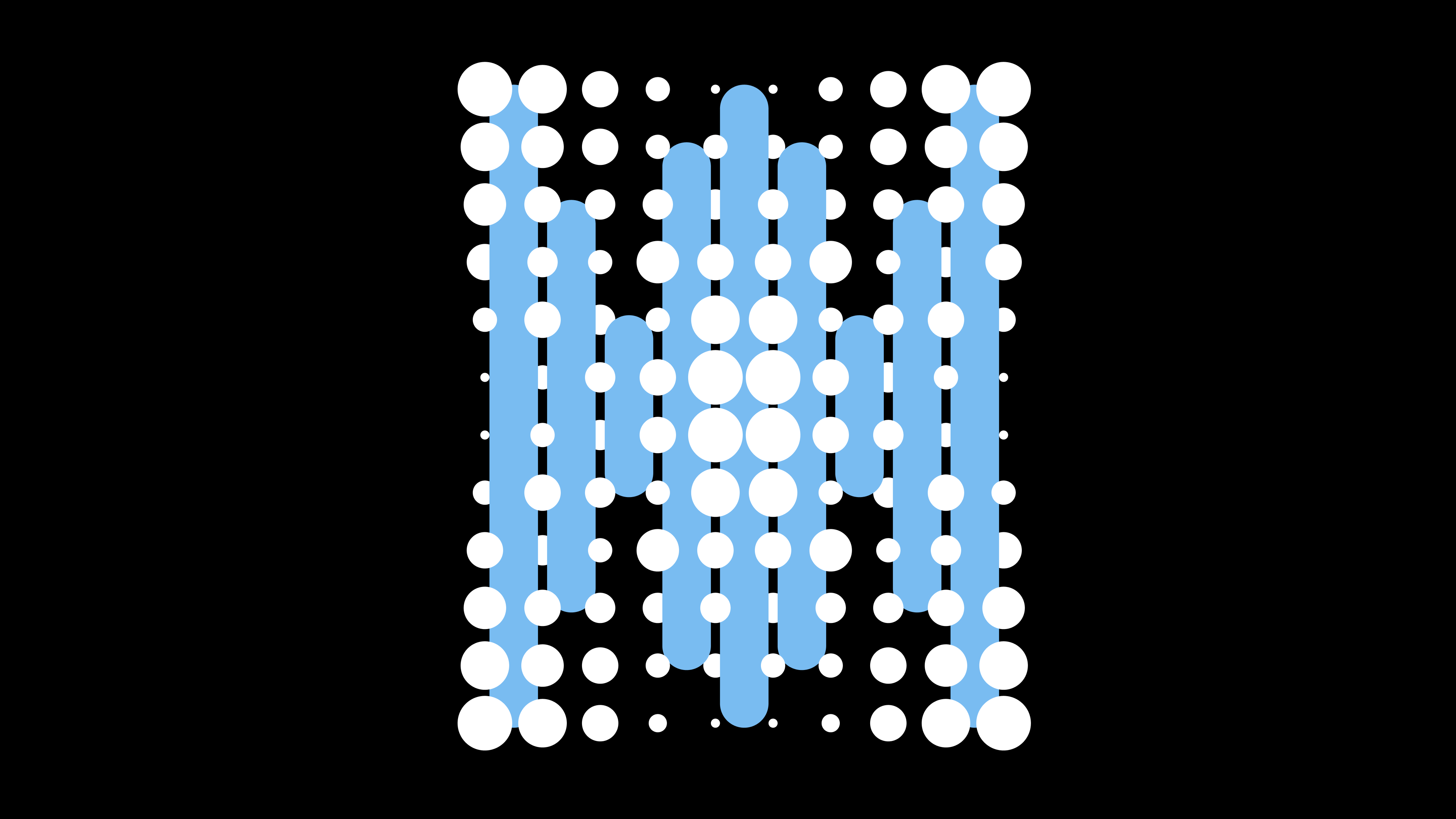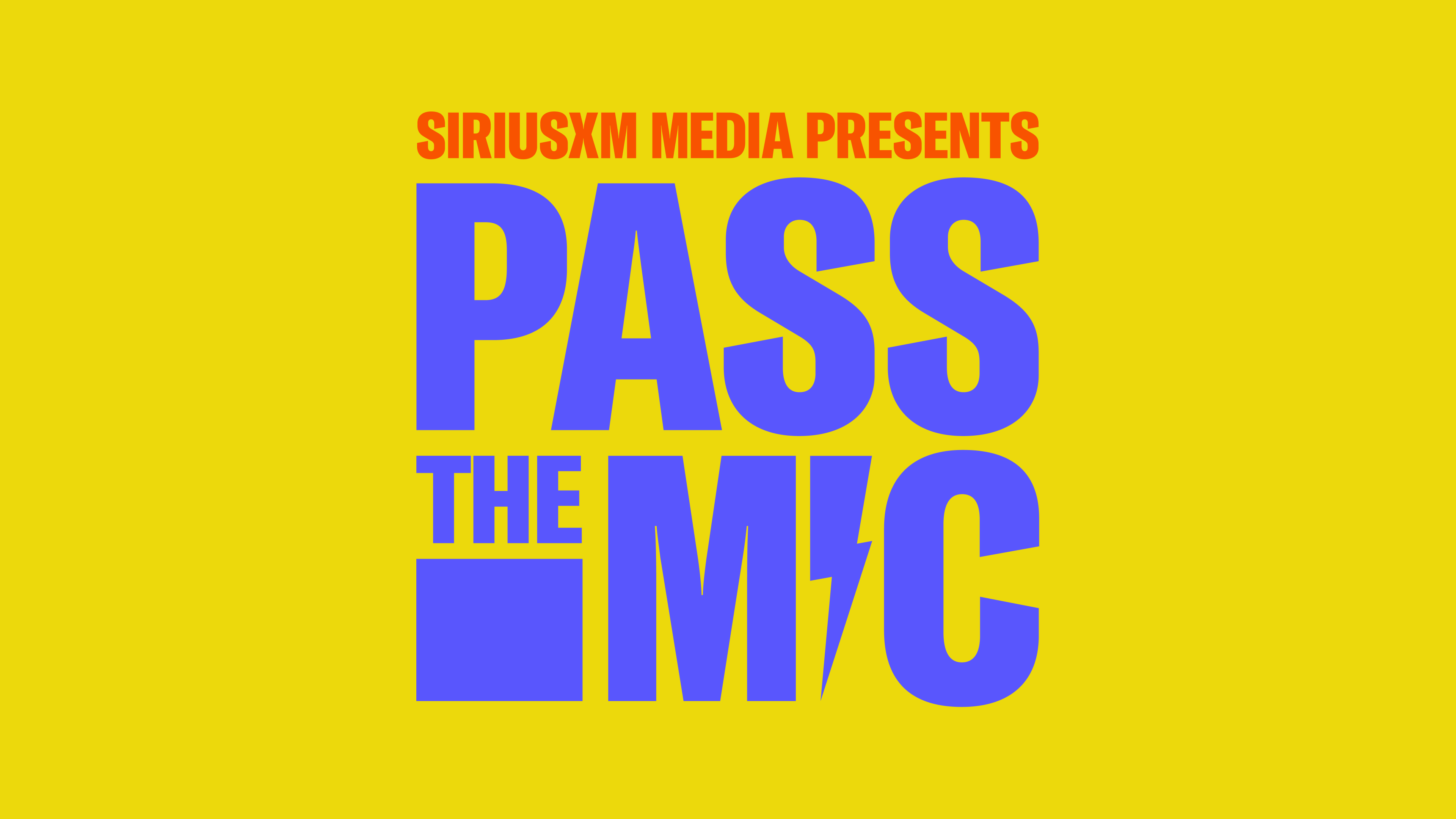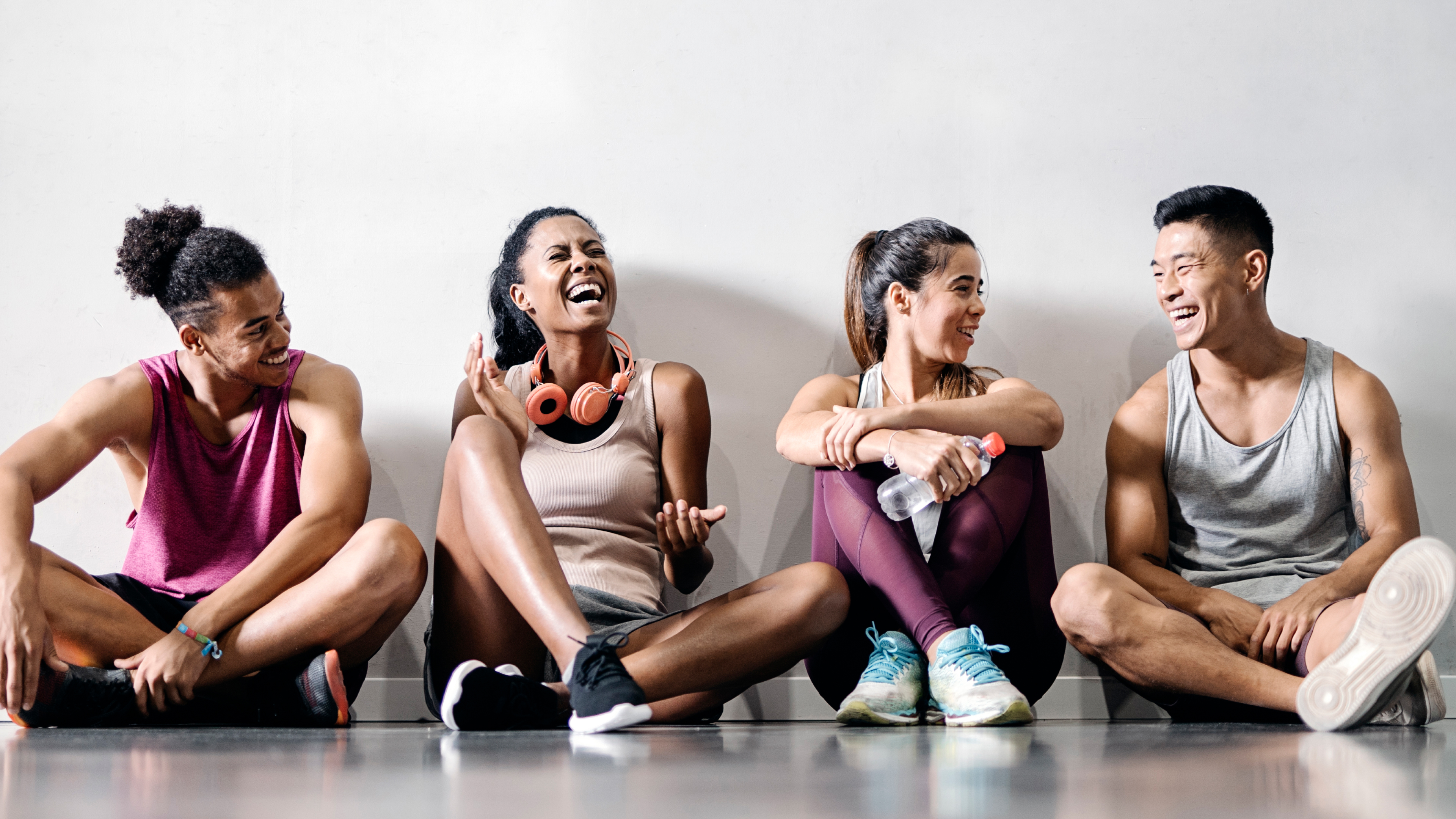
Role Models & Best Practices for Advertising in a Pandemic
Mya Passmore, Copywriter, Studio Resonate Apr 28, 2020On March 11, 2020, the world changed. After COVID-19 was declared a pandemic by the World Health Organization, gatherings were banned, handshakes became taboo, and everything slowed to a stop. People of all walks of life began experiencing upheaval, uncertainty, and complete changes to their routines. Widespread shelter in place orders also transformed consumption habits and practices. Some products — like toilet paper, or canned goods — became commodities. eCommerce and online streaming skyrocketed, and many small businesses suffered.
Advertising has to acknowledge these massive transitions. Neglecting the collective reality of COVID-19 can make a brand seem tone deaf or out of touch. More importantly, now there is an opportunity for brands to humanize their approach. In this shared new normal, brands can orient themselves alongside consumers, communicating their support, and establishing long-term connections.
Across the board, brands are aptly responding to this moment — revisiting their creative, redirecting their messaging, and revising their strategy. While it has always been important to understand consumers, it is now an absolute necessity. And many brands are skillfully handling this shift.
Let's take a look at some who've done a stand-out job...
Popeye's Fried Chicken and Chill
Popeyes fans are like one big family — they stick together, and they share streaming passwords. The first 1,000 people who posted a picture of their family on Twitter with #ThatPasswordFromPopeyes, received the “family” streaming password.
Why is this good?
Isn’t this nice. No, really. Isn’t it? With this move, Popeyes is gently saying: We are with you. Let’s take care of each other. The brand’s product is often enjoyed in family-style settings, and this move highlights that social angle. Beyond this moment, people will associate Popeye’s with care, comfort, and community.
Old Fourth Ward Distillery: Free Hand Sanitizer
Old Fourth Ward Distillery in Atlanta started making hand sanitizer, and giving it away to customers for free. In recent weeks, they’ve focused their efforts on supporting first responders because of the overwhelming demand.
Why is this good?
While not an intentional advertising campaign, this effort authentically supported consumers. And, it has long-term benefits for the brand. By demonstrating care for their community, Old Fourth Ward Distillery forged and formed a positive brand voice and image. Local Atlantans previously unaware of OFW Distillery now know it in the context of outreach. And, in the future, people will be more likely to buy from a brand that does good.
Bud Light: Dive Bar Tour Home Edition
BudLight lightheartedly suggested that since we’re all in for the night, we might as well enjoy a dive bar crawl — from the safety of home, of course. They even hosted a virtual live concert for participants to enjoy as they made their way from the kitchen to the basement.
Why is this good?
Bud Light kept consistent with their regular messaging, but also pivoted to keep their product relevant. The brand created a fun experience that organically included what they sell — all while observing current restrictions.
Hotels.com: Just Stay Home
Hotels.com opted to promote social distancing instead of encouraging people to travel and stay in a hotel. The clip introduces “Captain Obvious,” and explains that he will be practicing social distancing for a while — and viewers should too.
Why is this good?
Hotels.com completely reversed their traditional messaging to spread safety. Rather than be self-serving, they chose to take a stake in promoting public wellbeing. While this may mean a loss of profit now, it builds a positive, long-term brand image.
Why do these examples stand out? They do a few things really well. Here’s how you can too:
1. Empathy first.
Now is the time to communicate compassion and understanding. You know your audience is working through challenges and changes — how can your advertising recognize this? For example, a call out to stressed, overwhelmed parents can make that audience feel seen and understood.
2.Stick to your Brand Voice. Do what you do well. If your brand incorporates comedy, inject some light-hearted humor in a Coronavirus-friendly way. But if your brand is mostly matter-of-fact, stick to serious messaging. Whatever your brand voice before the crisis, continue to be authentic to that as you navigate new advertising.
3. Recognize the changes. Figure out how the changes have affected your product. If people can no longer get to the store easily to buy your juice, now is a time to promote delivery. Determine how people are accessing and using your product differently, and adjust your advertising to these changes.
4. Serve your industry and community. How can your brand show up for the greater good in this moment? Miller Lite ran a campaign to seek out tips for out-of-work bartenders. They showed concern for people in their industry, and demonstrated leadership in employee support. Make an impact now, and build future goodwill with your brand.
5. New Call to Action. CTAs almost always tell listeners to shop, buy, or act immediately. But with new barriers to doing things “right now,” it makes sense to update CTA’s. For example, you could direct listeners towards a tutorial, or helpful content — instead of telling them to go to the store and buy your soup, walk them through a recipe to try.
There’s not just a single solution — the answer will likely involve customization and combination of different strategies. Still, it’s important to recognize that this industry-wide shift is another part of evolution in the advertising world.
This moment is undoubtedly challenging. It’s also an opportunity to grow as creatives, marketers, brands, and advertisers. What we learn now will likely influence marketing after coronavirus. Now is a time to test, try new things, and tune in to consumer needs. For more on understanding your audience send us a chat!
Related Insights
 Digital Audio
Digital AudioQ & A: The Power of Audio for Retail Media Network Campaigns
Apr 24, 2024 DE&I
DE&I"Be brave and figure it out," Ritu Trivedi from Mindshare
Apr 24, 2024 Digital Audio
Digital AudioDigital Audio Makes Sports Campaigns A Slam Dunk
Apr 23, 2024 Digital Audio
Digital Audio7 Takeaways and Opportunities from the Infinite Dial Report
Apr 23, 2024







